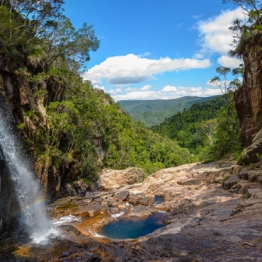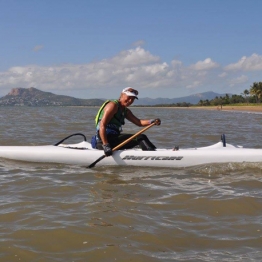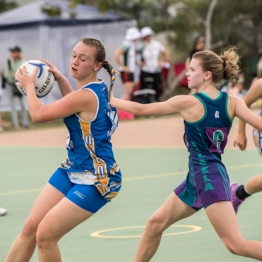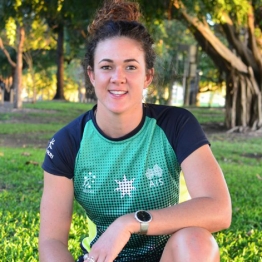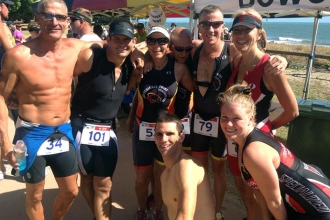This article is supplied by Shannon Chown, senior physiotherapist at Livewell Pain Management Centre Townsville.
How often have you or a friend pulled up sore after or during a run because of ‘shin splints’? That nagging and sometimes debilitating pain usually found at the front, inner edge or just behind your shin bone.
Shin splints is a collective term for a number of conditions, with the most common – medial tibial stress syndrome – consisting of either swelling of the tissue that covers your bone, tendinitis, or small tears to the calf muscles where they attach to the shin bone (tibia).
The jury is a little divided as to a precise cause for what is considered a rather common occurrence in runners. The two main theories point the finger at either excessive forces at the muscle attachments causing inflammation and pain, or forces causing the tibia to bend/flex very subtly.
In any case, the no-doubt-frustrated individual will usually have gone astray at some point with incorrect footwear or foot problems, a sudden increase in frequency or intensity of exercise, excessive levels of training with hard surfaces, or a combination of strength and flexibility issues in their lower limbs.
“Following the initial rest period you should find yourself on the increase with exercise again with a guiding rule of no more than 10% extra week to week”
If you’ve succumbed to the pain and your sport and physical activity endeavours are stalled, your best bet is the tried and tested RICE method (Rest, Ice, Compression, and Elevation). This means relative rest from aggravating activities: quite often you may be able swim or cycle if pain allows; then apply ice after any exercise. Also try elevating your legs when kicking back and using some compression stockings, or similar, can be useful. Gentle calf stretches are an easy, anywhere treatment that should help work out any tightness you have.
Your physiotherapist should be able to prescribe specific exercises to correct biomechanical contributors; try some taping methods which may allow you to function without stirring things up again; and some massage, dry needling, ultrasound or anti inflammatory meds may be on the cards.
Following the initial rest period you should find yourself on the increase with exercise again with a guiding rule of no more than 10% extra week to week. If after trying a few simple tricks the problem remains, further investigation and scans may be warranted to rule out something more sinister.
Please note: The information provided is general in nature and should not substitute any health or medical advice. Please consult a qualified professional to assist with any specific conditions or queries. You know the drill 😉



